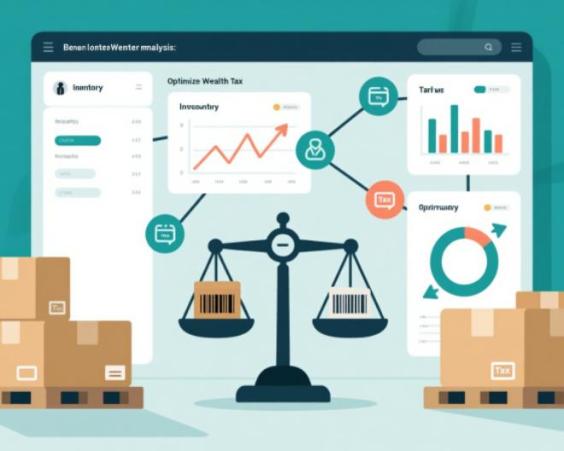How to Integrate Inventory Data into Your BI (Business Intelligence) Tools
In the digital age, making informed decisions is essential for the success of any business. Integrating inventory data into Business Intelligence (BI) tools is a crucial step in achieving a complete and accurate view of the current state of the company. In this article, we will explore the benefits and steps to integrate inventory data into your BI tools.

Why is it important to integrate inventory data into BI tools?
Integrating inventory data into BI tools offers several benefits, including:
- Improves the accuracy of production and distribution planning: By having access to up-to-date and accurate inventory data, companies can plan production and distribution more efficiently.
- Reduces waste and excess inventory: Integrating inventory data allows identifying areas of waste and excess inventory, which helps reduce waste and excess inventory.
- Improves decision-making: Integrating inventory data provides a complete and accurate view of the current state of the company, which allows for informed and data-driven decision-making.
Steps to integrate inventory data into BI tools
Here are the steps to integrate inventory data into BI tools:
Step 1: Identify inventory data sources
The first step is to identify the inventory data sources, which may include:
- Inventory management systems (IMS)
- Enterprise resource planning systems (ERP)
- Excel spreadsheets
- Inventory databases
Step 2: Select the appropriate BI tool
The second step is to select the appropriate BI tool to integrate the inventory data. Some popular options include:
- Tableau
- Power BI
- QlikView
- SAP BusinessObjects
Step 3: Connect inventory data sources with the BI tool
The third step is to connect the inventory data sources with the BI tool. This can be done through:
- Data connectors
- APIs (Application Programming Interfaces)
- Exporting data to a CSV or Excel file
Step 4: Create data reports and visualizations
The fourth step is to create data reports and visualizations that allow analyzing and understanding the inventory data. This may include:
- Bar and line charts
- Tables and matrices
- Maps and geolocation
Integrating inventory data into BI tools is a crucial step in achieving a complete and accurate view of the current state of the company. By following the steps outlined in this article, companies can improve the accuracy of production and distribution planning, reduce waste and excess inventory, and make informed and data-driven decisions.






